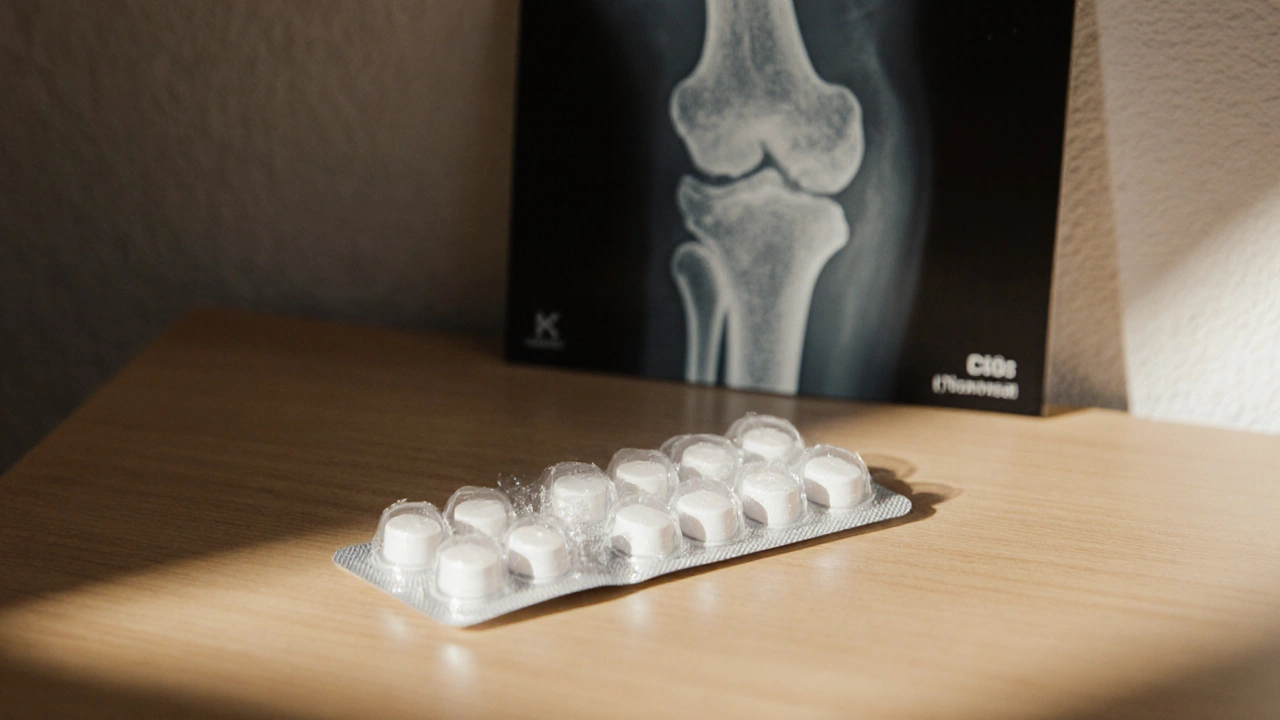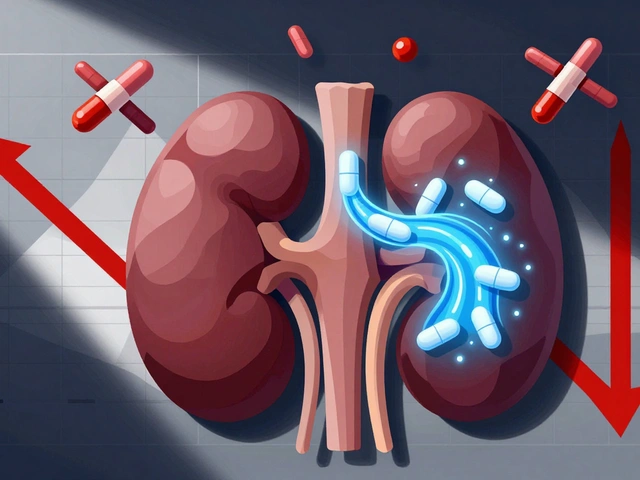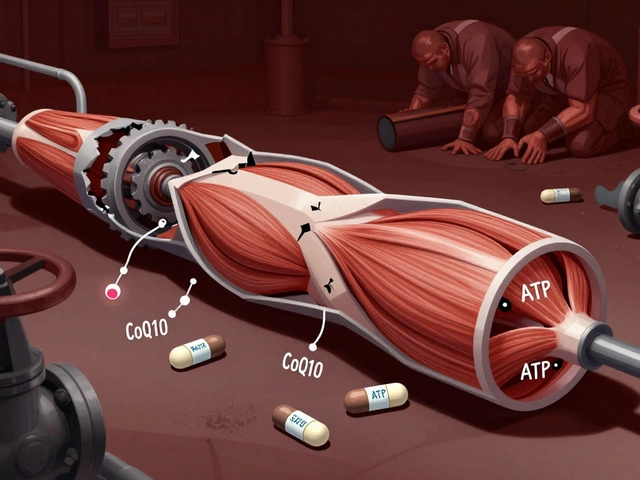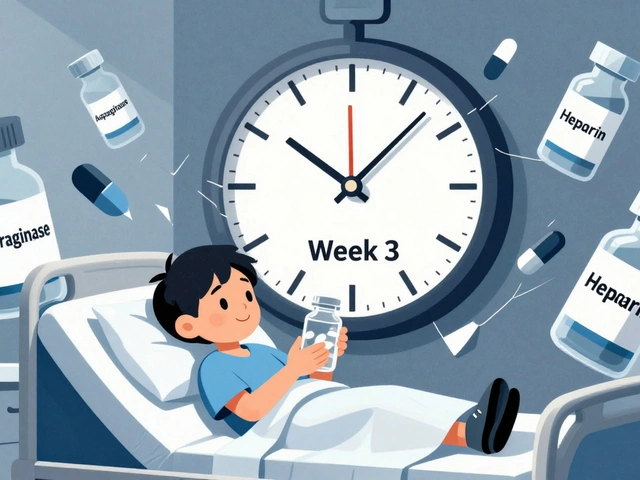Heterotopic Ossification Medication: What Works and Why
When dealing with heterotopic ossification medication, drugs used to prevent or treat abnormal bone growth in soft tissues. Also known as HO meds, it targets the process that turns muscle or tendon into bone after injury or surgery.
Heterotopic ossification itself is the formation of bone outside the normal skeleton, usually after a fracture, joint replacement, or severe burn. The condition can limit movement, cause pain, and create visible lumps. Early intervention is key because once bone starts to mineralize, it becomes harder to reverse. Heterotopic ossification medication therefore focuses on three main strategies: reducing inflammation, blocking bone‑forming cells, and protecting surrounding tissue.
Key Medication Classes
NSAIDs, non‑steroidal anti‑inflammatory drugs that lower pain and inflammation are the first line of defense. They work by inhibiting cyclooxygenase enzymes, which slows the cascade that leads to bone formation. Common choices include ibuprofen, naproxen, and indomethacin. Bisphosphonates, drugs that bind to bone mineral and inhibit osteoclast activity are used when NSAIDs alone aren’t enough, especially in high‑risk patients. They keep newly formed bone from maturing, buying time for surgeons to address the area. Radiation therapy, low‑dose radiation that stops fibroblasts from turning into bone‑forming cells is another option, usually given within 24‑72 hours after surgery. Though not a medication per se, it’s often listed alongside drugs because it serves the same preventive purpose. Finally, short courses of corticosteroids, potent anti‑inflammatory agents that can dampen the early inflammatory response may be added for patients with severe swelling.
These options don’t work in isolation. For example, NSAIDs reduce swelling, which makes radiation more effective because less tissue is inflamed. Bisphosphonates require adequate calcium levels, so patients are often advised to take supplements alongside them. The overall treatment plan depends on factors like the type of surgery, patient age, and how quickly symptoms appear. In practice, a physician might prescribe an NSAID for the first two weeks, follow with a bisphosphonate for a month, and schedule a single radiation session right after surgery. That layered approach reflects a core principle: heterotopic ossification medication encompasses both drug therapy and timing strategies to block abnormal bone growth.
Below you’ll find a curated set of articles that dive deeper into each of these classes, compare dosages, highlight safety tips, and explain how swelling management ties into overall outcomes. Whether you’re a patient looking for practical advice or a clinician needing a quick reference, the collection gives you actionable insights on preventing and treating heterotopic ossification.

Didronel (Etidronate) vs Alternative Treatments: Full Comparison Guide
A detailed guide compares Didronel (etidronate) with other bone‑strengthening drugs, covering uses, side‑effects, cost, and how to pick the right option.
read more




